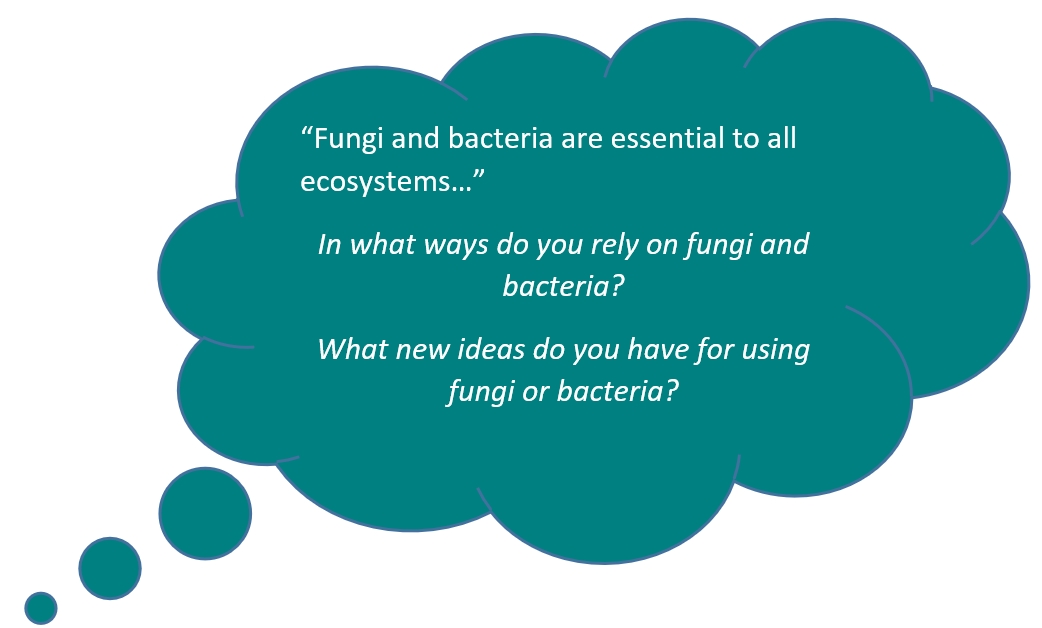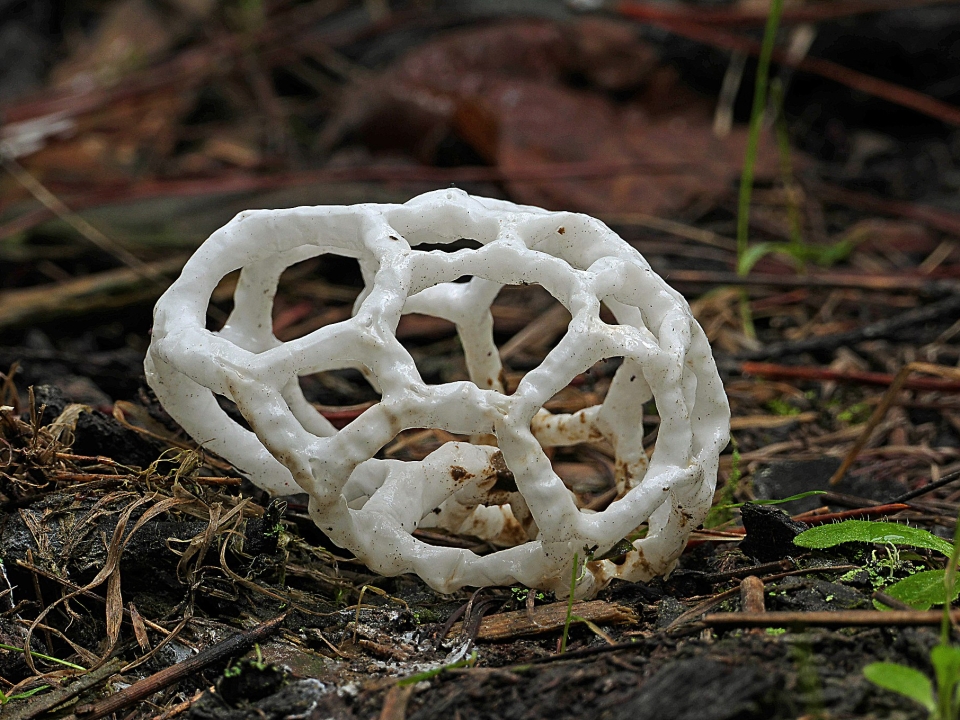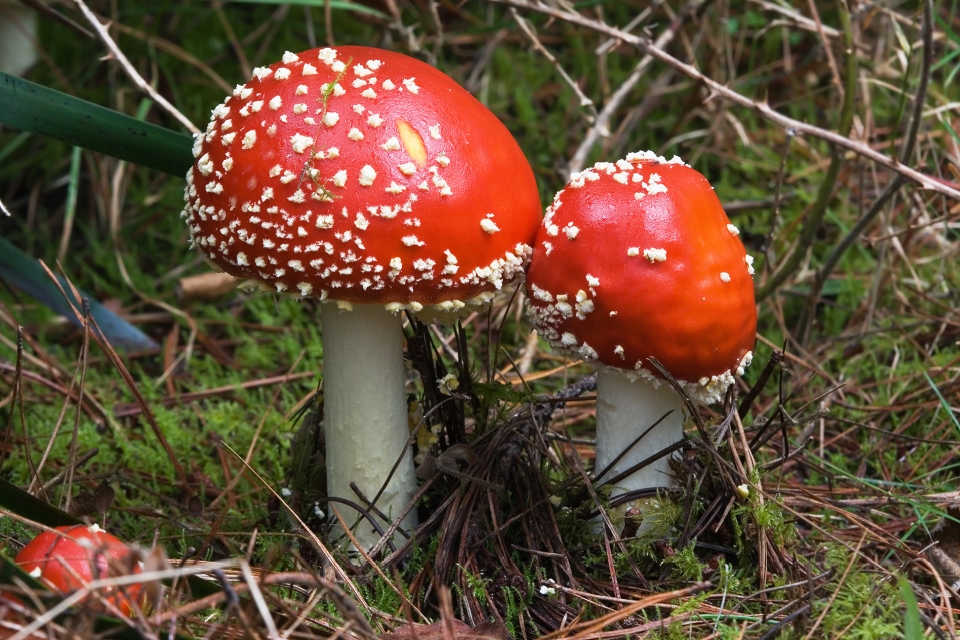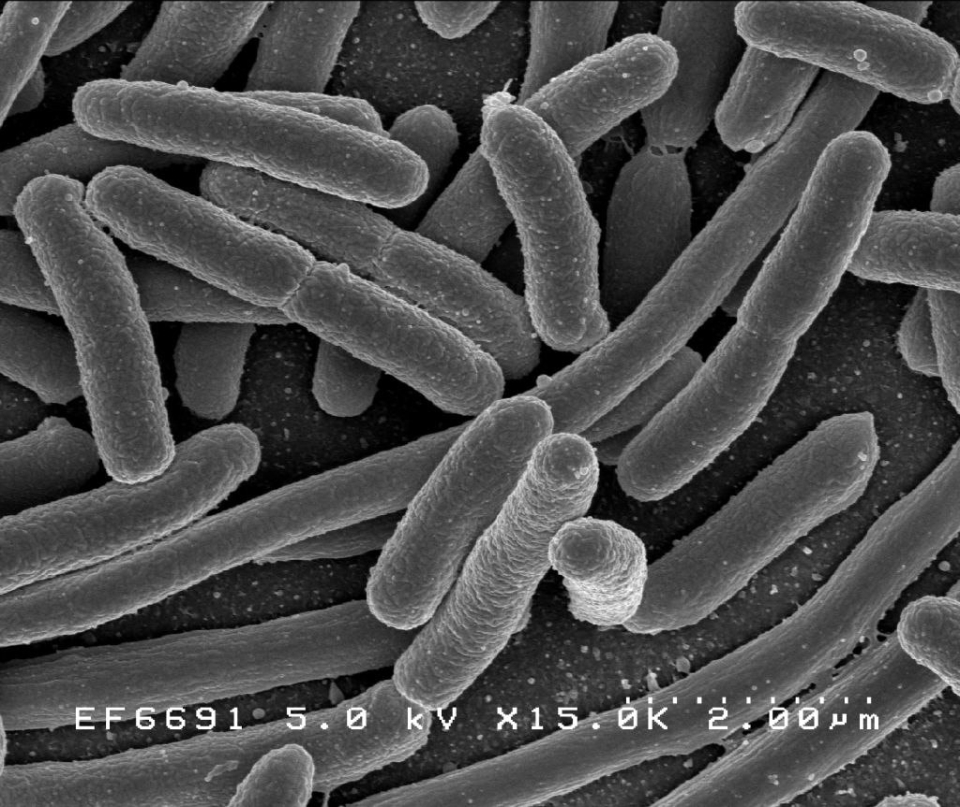Fungi and bacteria are essential to many basic ecosystem processes. Some types of fungi and bacteria can break down fallen wood and litter returning nutrients to the soil. Other types can fix nitrogen in the soil and help plants get nutrients from the soil. Some groups of fungi and bacteria cause diseases in plants and animals.
Fungi in New Zealand
About 6,500 species of fungi have been identified in New Zealand. Scientists estimate there are at least another 15,000 species awaiting discovery. Of the species so far reported, about one-third have been introduced to New Zealand by people, mostly in the last 200 years. Of the described native species, about half are endemic. Some, like the pukatea bracket fungus, are endangered.
What are fungi?
Fungi are not plants or animals. They form a separate kingdom. This kingdom includes mushrooms, toadstools, puffballs, yeast, bread mould and skin infections. They are mainly made of chitin, which also forms the shells of insects.
Where do they live?
Fungi exist in most places – open fields, forests, gardens, fresh water and the ocean. Many live underground and some live on dead wood. Other types grow on food or in animals, including humans.
In New Zealand over 900 species grow in beech forest. A few of them form the black sooty mould that covers beech trees.
How do they live?
Unlike plants, fungi cannot make their own food through photosynthesis. They get it by digesting what surrounds them, such as plant roots, leaves, wood or soil nutrients. They form a cobwebby mat (the mycelium), which is made of many fine threads (hyphae). These spread through the soil or wood. Most plants have fungi growing on their roots. The plant makes food that the fungus gets from the roots, while the fungal threads help the plant roots take up water and nutrients.
Reproduction
Many fungi produce the familiar mushrooms and puffballs. These are called fruiting bodies and are the way fungi reproduce. They make thousands of tiny spores that are spread by wind, raindrops or animals. When a spore lands, it may grow to form a new colony of the fungus.
Useful and harmful fungi
Many fungi are important because they break down leaves and other dead material, which other organisms can then use. Māori used the pukurau puffball as a painkiller, and for burns. They used another species as a fire-lighter. You can eat some mushrooms – but others can kill you.
Bacteria
Bacteria are not visible without the help of a microscope, yet they are essential to life. Bacteria are single-celled organisms. They are believed to be one of the earliest types of life form that existed on Earth.
Bacteria have a wide range of shapes including spheres, rods and spirals. Bacteria also have a wide range of habitats. Some bacteria can live where no other life can exist, such as in areas with extreme temperatures and highly acidic conditions.
Bacteria are everywhere. There are approximately 40 million bacteria in a single gram of soil.
Essential bacteria
Without the key functions of some bacteria, life on earth would be very different:
- Some bacteria breakdown organic compounds for energy, and without bacteria, the earth would have no soil in which to grow plants.
- Bacteria living in the gut can help animals break down food. These so-called ‘good bacteria’ help maintain the conditions necessary for food digestion.
- Some bacteria live on the root nodules of certain plants. For example, on peas, beans and clover, and are able to ‘fix’ atmospheric nitrogen into a form that can be absorbed by the plant.
Bacteria have long been used by humans to create food products such as cheese, yoghurt, pickles, soy sauce and vinegar. We are also able to use bacteria to break down our sewage and to clean up oil spills.
Harmful bacteria
 Only a small handful of known bacteria can cause disease. These bacteria are termed pathogenic. To cause disease, the bacteria must invade the cells of a living organism. Most bacteria will not invade another living organism.
Only a small handful of known bacteria can cause disease. These bacteria are termed pathogenic. To cause disease, the bacteria must invade the cells of a living organism. Most bacteria will not invade another living organism.
Ready for a quiz? Try the "Fungi and Bacteria" interactive activity.







